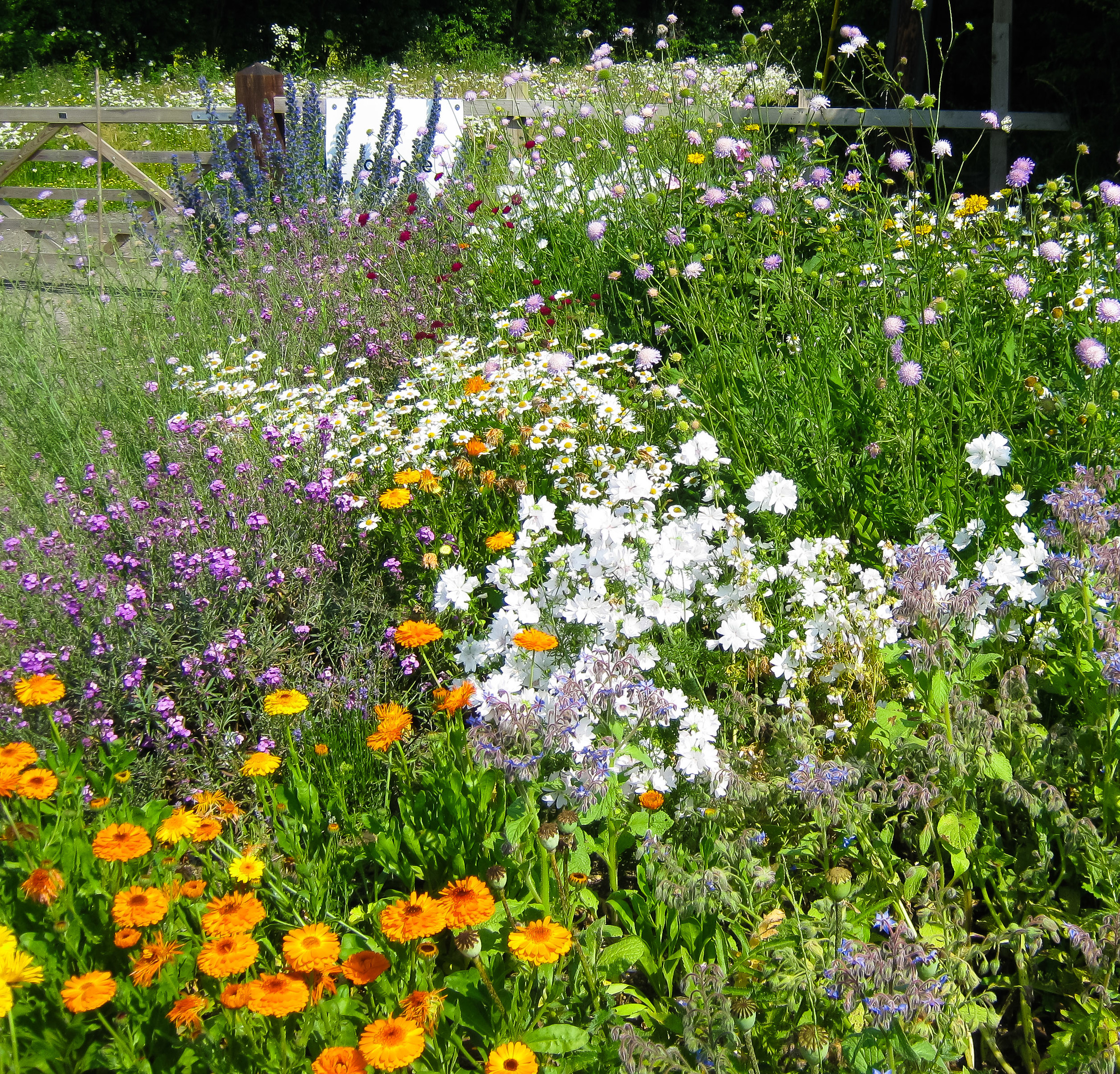Planning for bees in your garden
This is the time of year when us gardeners are still stuck indoors but our thoughts begin to turn to how we want to improve the garden this year. Maybe you are planning a major project or just working out how to fix that corner which needs a bit more colour. Maybe you have been meaning to work out how to make your garden more wildlife-friendly. You are probably aware of how 'at risk' our pollinating insects have become and how vital they are for the health of all plants including many of our foods. The good news is that by including the right plants in your garden we can all make a significant difference. You may want to consider how effective your garden already is in supporting pollinators:
* Think about the sunny areas of your garden (some bumblebees will forage in shade but most bees prefer sun) and consider how you might fit in some more flowering plants: do you have flowering shrubs and perennial plants rather than annuals? or do you have room to fit in a few more of the best flowers or substitute some plants that are not providing enough value?
* If you are short of space then one way to fit in more plant is to try 'succession planting' which means that you plan to have one set of plants that flower early and then another that flower in the same space later. In this way you can have bulbs like tulips providing pollen in April, followed by an Oriental Poppy in May/June and then a later flowering daisy like Echinacea or Rudbeckia in August - all in the same space.
* Look at our shop or plant list and see if you already grow some of these - we only stock the best herbaceous plants and small shrubs for bees so if your plants are not on our list then they are probably not very bee-friendly
You are very welcome to email us for advice.

